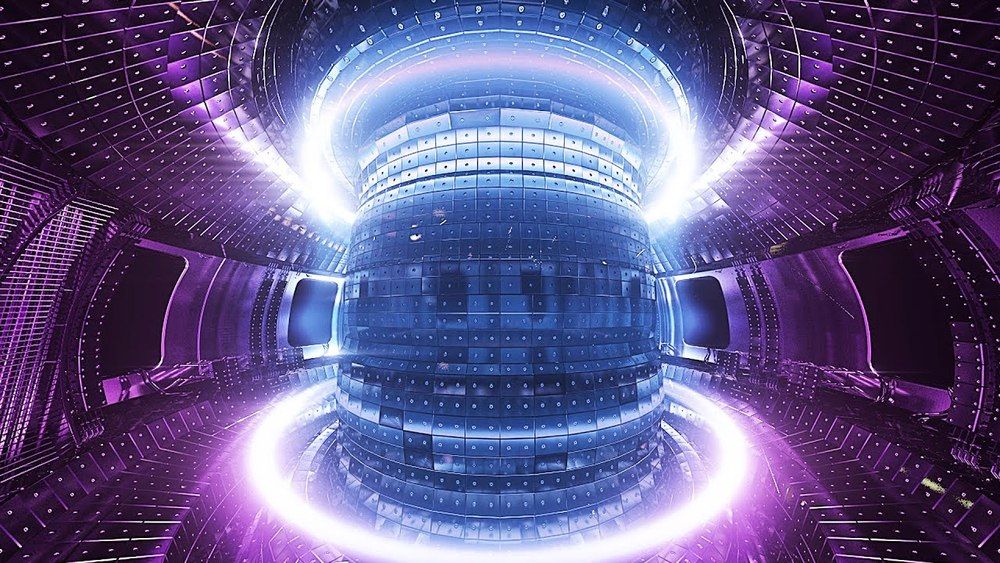BLUE ORIGIN, the space company founded by Amazon CEO Jeff Bezos, is one small step closer to achieving its ambition of reaching the Moon, after acing its first rocket test.
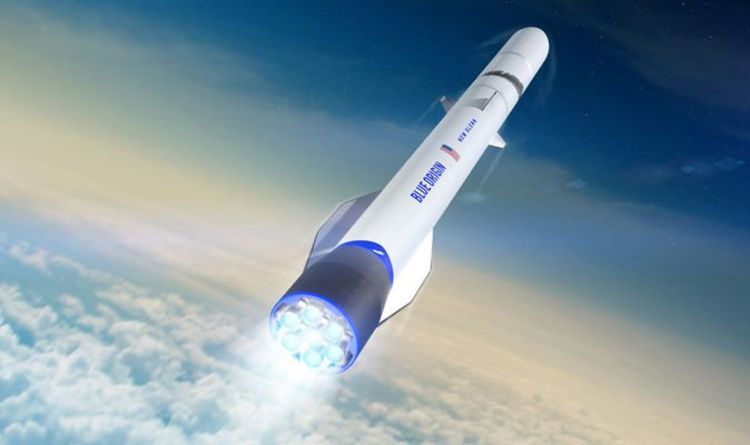

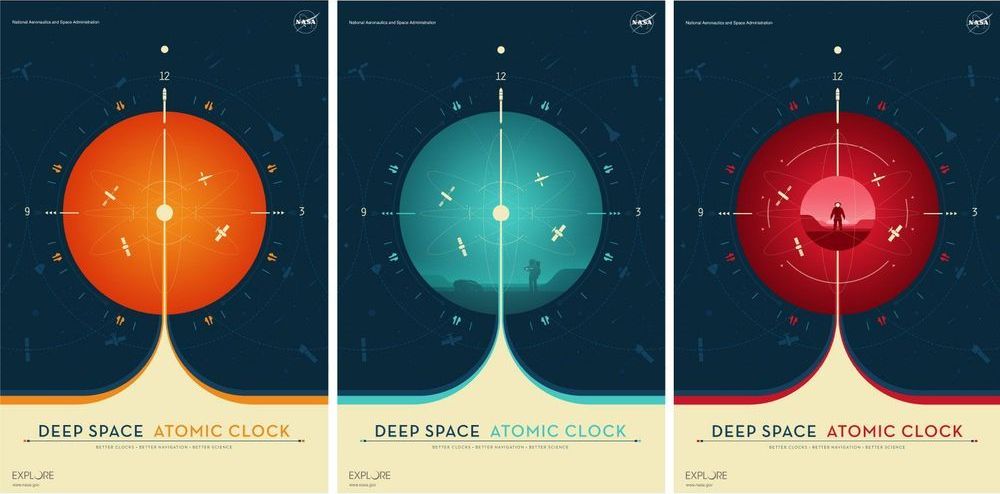
What Is an Atomic Clock?
Clock is ticking: A technology demonstration that could transform the way humans explore space is nearing its target launch date of June 24, 2019. Developed by NASA’s Jet Propulsion Laboratory in Pasadena, California, the Deep Space Atomic Clock is a serious upgrade to the satellite-based atomic clocks that, for example, enable the GPS on your phone.
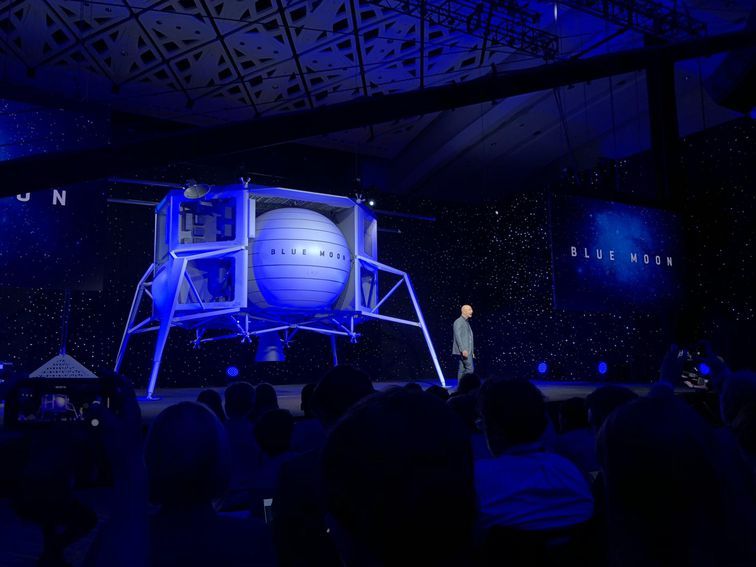
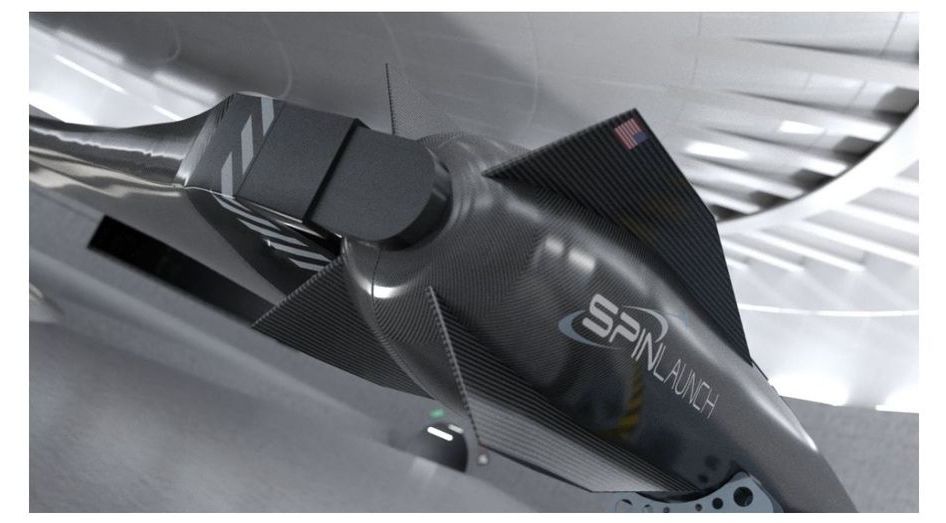
SpinLaunch has been awarded a responsive launch prototype contract from the DoD, facilitated by DIU for kinetic energy-based launch services.
Media Contact: Diane Murphy (dmurphy@spinlaunch.com) Tel: 310.658.
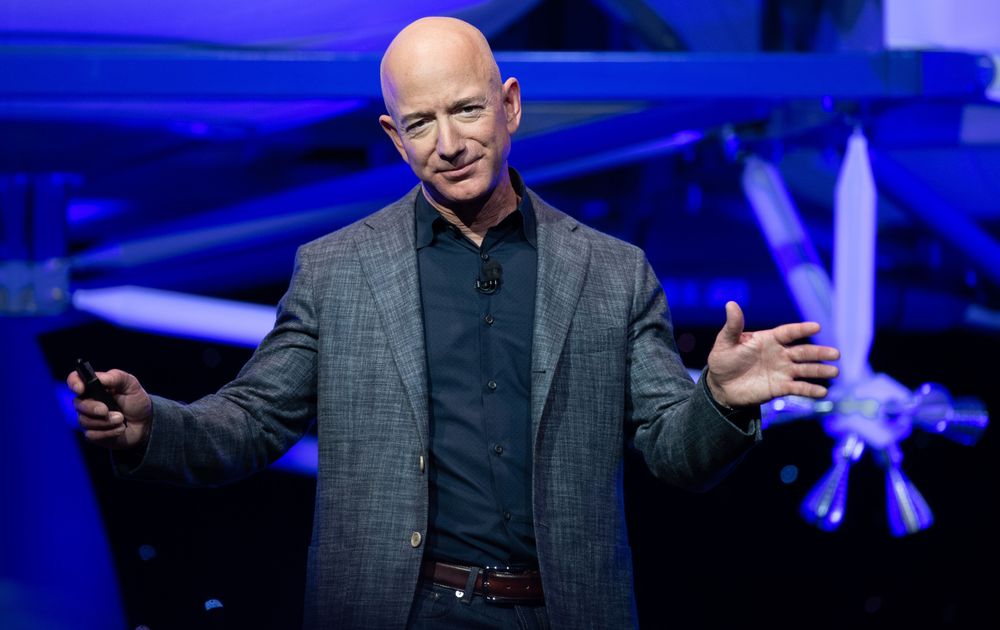
Amazon and Blue Origin founder Jeff Bezos gave more insight into his space company’s lunar plans on Wednesday, explaining how its spacecraft will eventually be powered with fuel harvested from the moon.
“We know things about the moon now we didn’t know about during the Apollo days,” Bezos said, speaking at the JFK Space Summit in Boston, Massachusetts.
One of the things learned since Apollo that Bezos highlighted is that there are deposits of water ice at the bottom of craters on the moon.
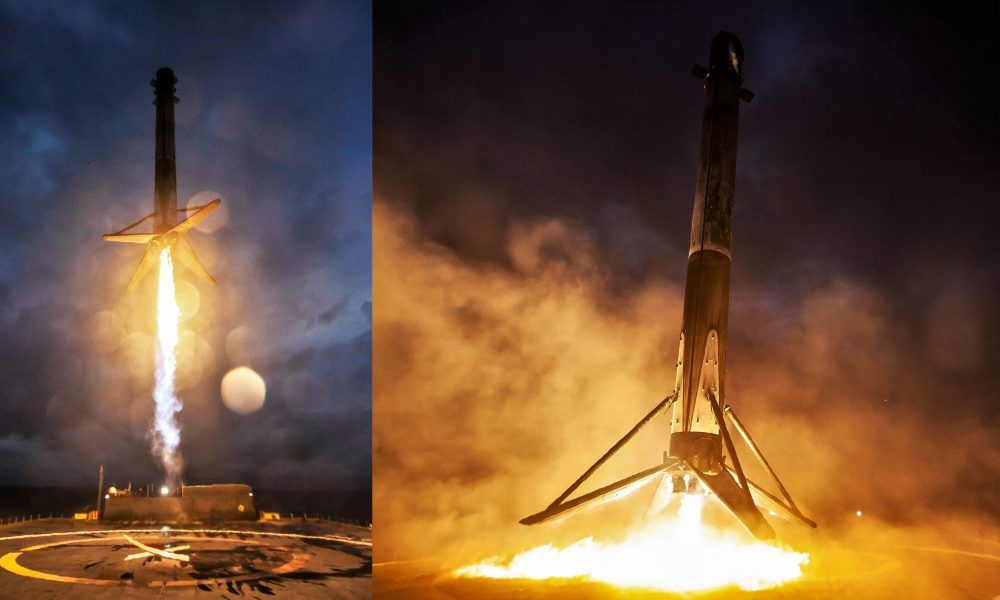
In an unexpected last-second change, SpaceX has moved Falcon Heavy Flight 3’s center core landing on drone ship Of Course I Still Love You (OCISLY) from 40 km to more than 1240 km (770 mi) off the coast of Florida.
Drone ship OCISLY is already being towed to the landing site, necessary due to the sheer distance that needs to be covered at a leisurely towing pace. The current record for distance traveled during booster recovery was set at ~970 km by Falcon Heavy center core B1055 in April 2019. If successful, Falcon Heavy center core B1057 will smash that record by almost 30% after sending two dozen spacecraft on their way to orbit. Falcon Heavy Flight 3 is scheduled to lift off in support of the Department of Defense’s Space Test Program 2 (STP-2) mission no earlier than 11:30 pm ET (03:30 UTC), June 24th. A routine static fire test at Pad 39A will (hopefully) set the stage for launch on Wednesday, June 19th.

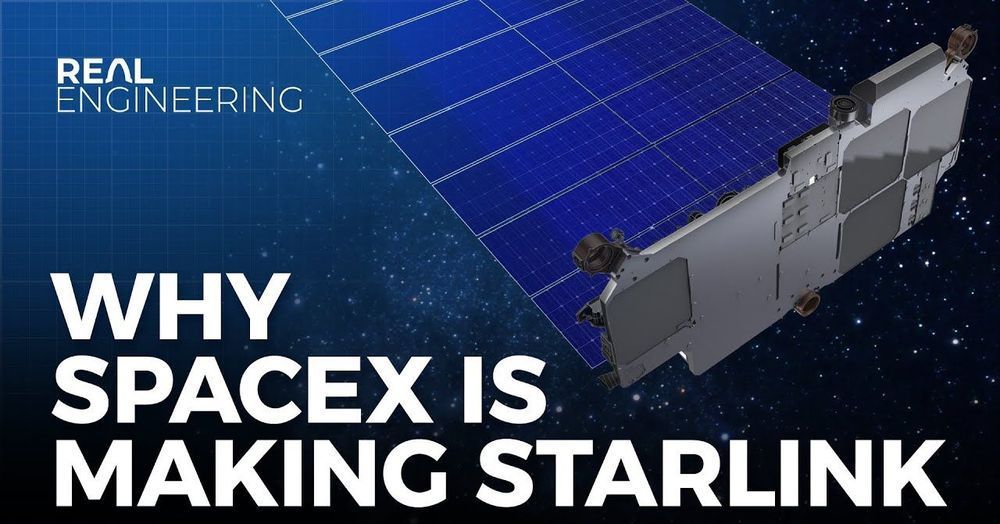
Be one of the first 500 people to sign up with this link and get 20% off your subscription with Brilliant.org! https://brilliant.org/realengineering/New streaming platform: https://watchnebula.com/Vlog channel: https://www.youtube.com/channel/UCMet4qY3027v8KjpaDtDx-gPatreon:
https://www.patreon.com/user?u=2825050&ty=h
Facebook:
http://facebook.com/realengineering1
Instagram:
https://www.instagram.com/brianjamesmcmanus
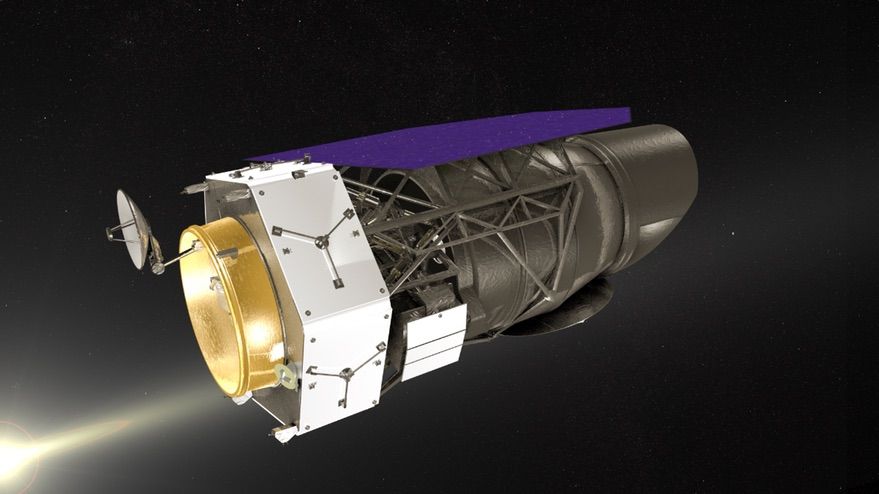
ST. LOUIS — As astrophysicists prepare to begin their next decadal survey, other scientists and members of Congress endorsed the overall process even as they suggested some changes.
At a town hall meeting during the 234th meeting of the American Astronomical Society here June 11, leaders of the latest astrophysics decadal survey, dubbed Astro2020, said they’re ready to begin work identifying scientific priorities in the field for the coming decade and what spacecraft and ground-based observatories are best suited for them.
Robert Kennicutt, an astronomer at the University of Arizona and Texas A&M University who serves as co-chair of Astro2020, said the National Academies, which oversees the decadal survey, received more than 450 nominations to serve on the steering committee Astro2020 decadal survey. Ultimately the National Academies selected 20 people, counting Kennicutt and fellow co-chair Fiona Harrison of Caltech, to serve on the committee.
